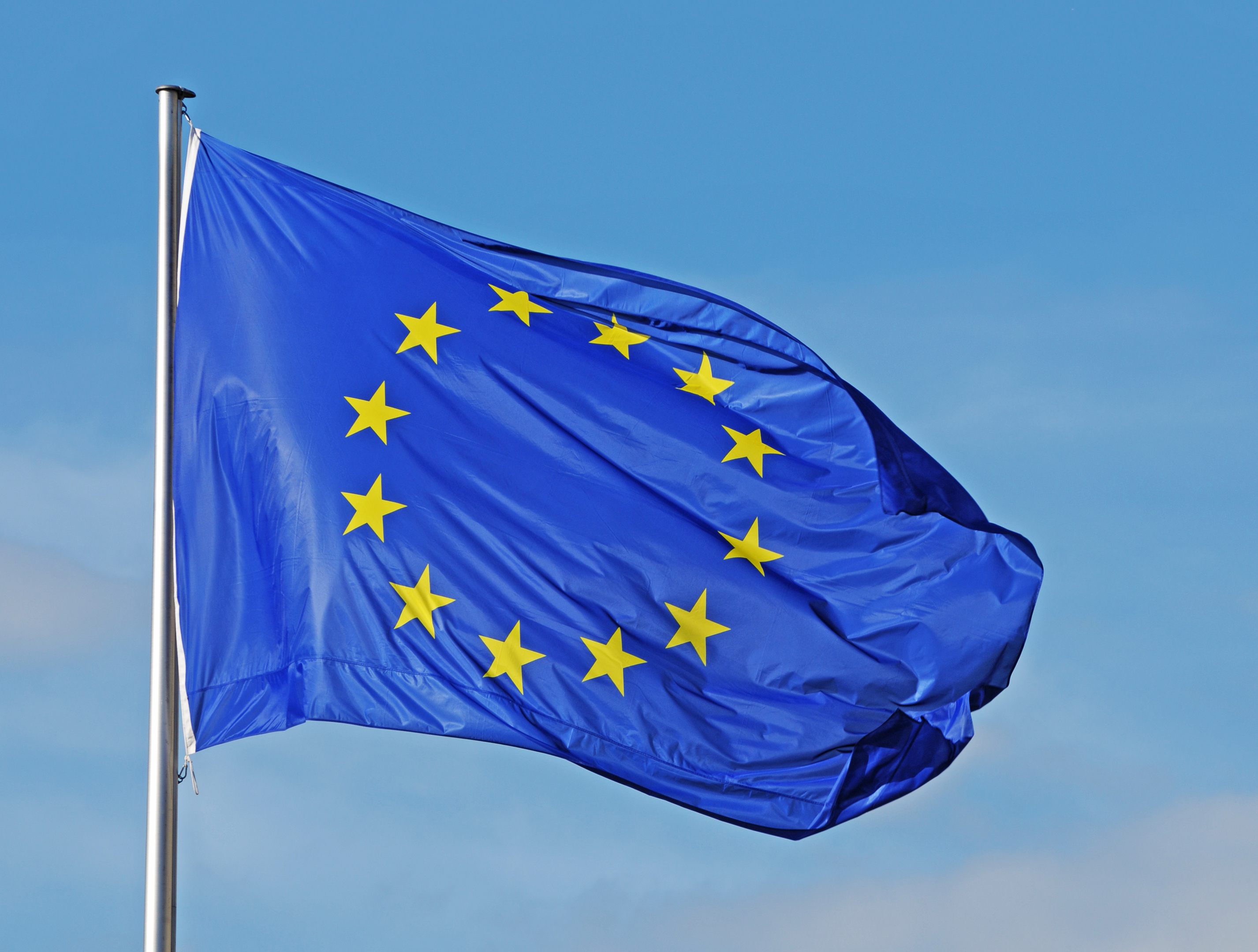
AN independent Scotland could enjoy a “relatively speedy” process to join the European Union, a senior MEP has suggested.
German politician Elmar Brok said there would not be many obstacles to Scotland becoming an EU member because the country already meets the criteria for entry.
His comments come just days after Spanish Foreign Minister Alfonso Dastis said Madrid would not block an independent Scotland’s EU bid.
Mr Brok, who is a former chairman of the European Parliament’s foreign affairs committee and a member of German Chancellor Angela Merkel’s CDU party, also denied suggestions that if Scotland left the UK it would have to join a queue of countries seeking EU membership.
“There is not a queue,” the MEP told BBC Scotland.
Instead, he said every country is considered “on its own merits if they fulfil the conditions”.
Mr Brok added: “And Scotland fulfils already now the conditions.
“There would be not much obstacles because all the laws already apply and are implemented in Scotland.
“So a lot of things which we have to negotiate with the candidate countries we have not to negotiate with Scotland because Scotland has already done it.
“If the political agreement would be there, then the process would be relatively speedy.”
His comments come as Nicola Sturgeon continues to demand a second Scottish independence referendum is held to give people the choice between leaving the UK and Brexit.
While the majority of voters in the 2016 referendum opted to quit the EU, 62% of Scots backed remain, resulting in the stand-off between the First Minister and Prime Minister Theresa May, who has argued “now is not the time” for another vote on independence.

Enjoy the convenience of having The Sunday Post delivered as a digital ePaper straight to your smartphone, tablet or computer.
Subscribe for only £5.49 a month and enjoy all the benefits of the printed paper as a digital replica.
Subscribe